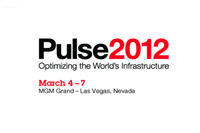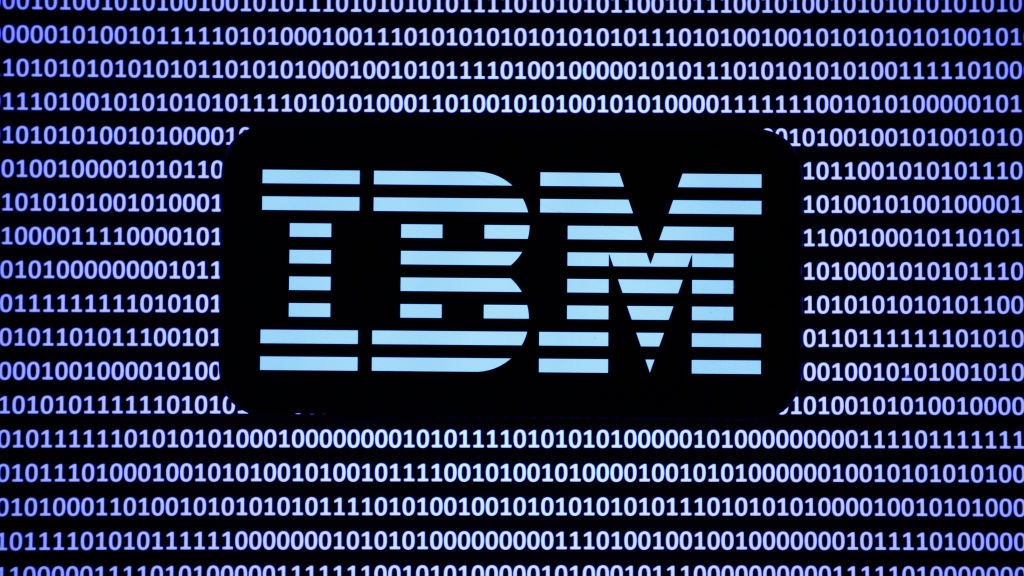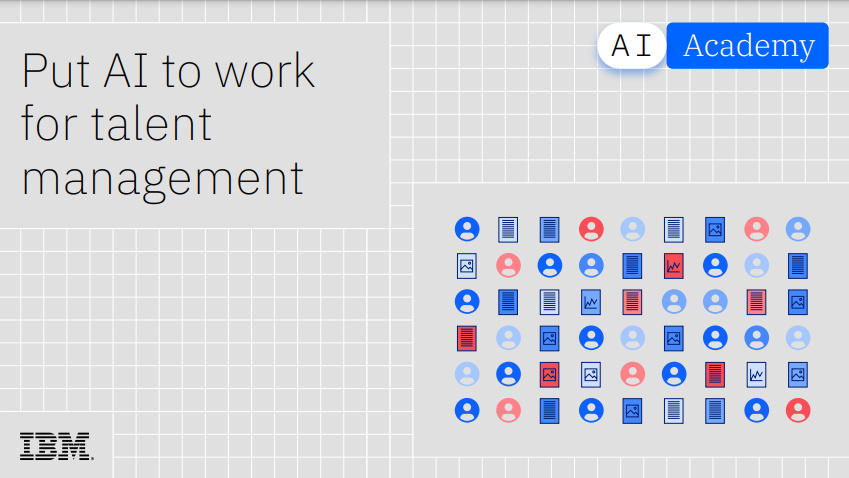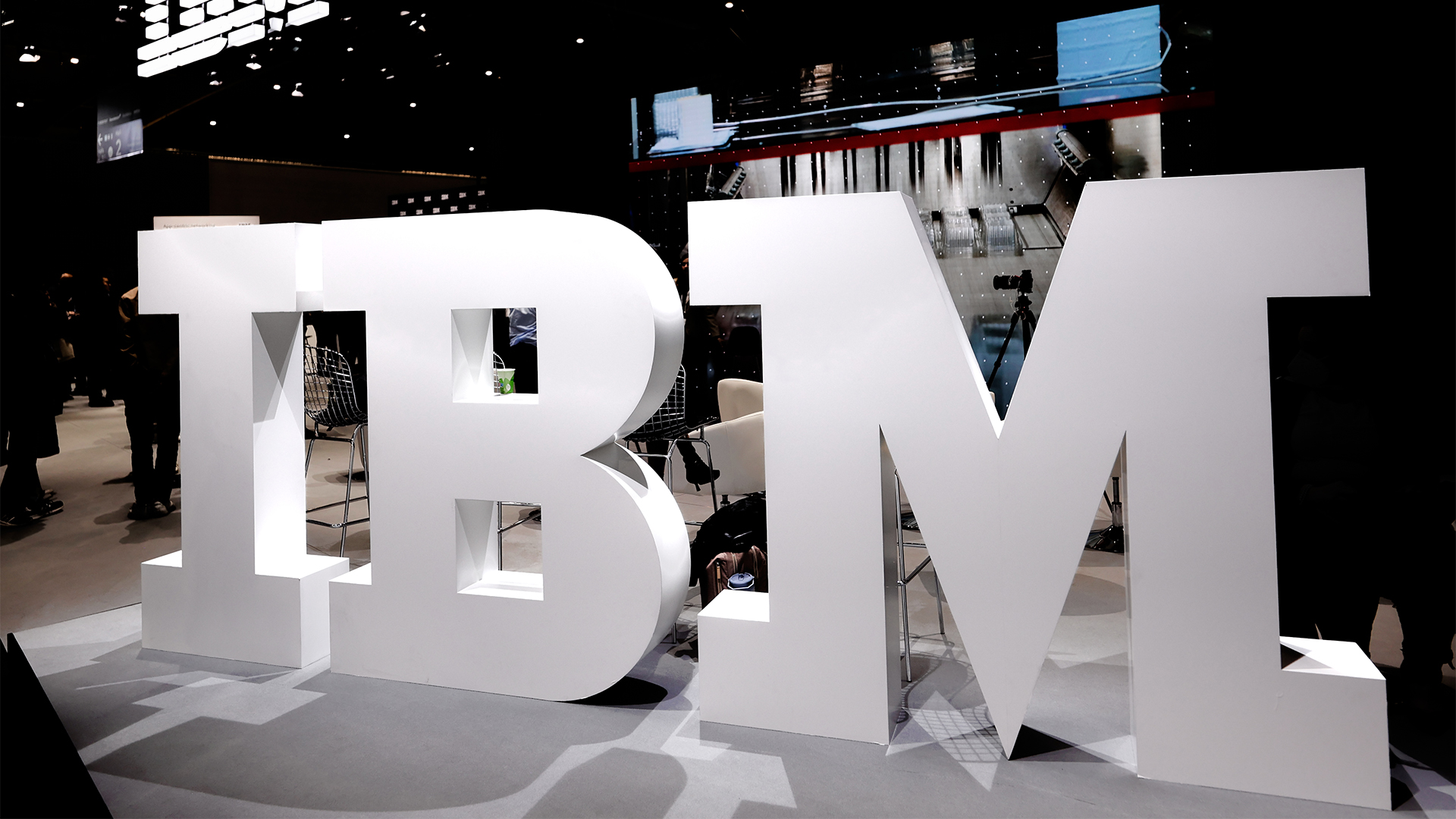IBM Pulse 2012: Louvre becomes Europe's first smart museum
IBM has helped the Louvre Museum to implement an intelligent management system to keep its most important assets safe and available for visitors.


Paris' Louvre Museum has embraced modern asset management technologies to help better manage its historic artwork and objects.
The museum is home to Leonardo Da Vinci's Mona Lisa and more than 35,000 other artifacts. Given the ageing nature of the items it houses, the museum has its work cut out keeping the environment just right so as to preserve, rather than damage them.
Technology today can make it possible to 'listen' to the abundance of information from buildings.
To this end, the 650,000 square foot building is reliant on 65,000 repair and maintenance visits each year. But trying to manage this volume of jobs using paper-based processes and multiple vendors proved more of a hindrance than help.
Instead, the Louvre looked for a smarter, computer-based solution. Not only would this ensure it could keep on top of jobs more effectively, it would also make sure galleries could open daily to better service the eight million-plus visitors the museum receives annually.
IBM Maximo software was used to build a single database and shared information repository for museum employees. This means museum staff can now quickly and easily visualise the processes involved in maintaining rooms, from air conditioning and heating down to lighting and the locking of more than 2,500 doors.
"We try to keep our homes energy efficient by keeping the doors closed. The Louvre has 2,500 doors...," said David Bartlett, IBM's vice president of industry solutions.
Get the ITPro daily newsletter
Sign up today and you will receive a free copy of our Future Focus 2025 report - the leading guidance on AI, cybersecurity and other IT challenges as per 700+ senior executives
"Technology today can make it possible to 'listen' to the abundance of information from buildings. The Louvre Museum has created a fabric of intelligence to better manage and preserve its art and infrastructure for the world to enjoy."
In addition to real-time analysis of how facilities functions are performing, staff can also use the system, which was implemented by IBM business partner SQLI, to predict what may happen next and proactively plan for repairs and replacements.
"Managing thousands of repairs, cleaning and maintenance visits per year to preserve the facilities and artwork while keeping the galleries available and accessible to visitors is a daunting undertaking," said Metin Pelit, department manager of computerised maintenance management at The Louvre.
"Buildings are massive systems of systems, and these systems need to talk to each other for a building to become smarter," added Pelit. "In the Louvre's case, there's the added challenge of being home to thousands of irreplaceable pieces of art which must be carefully preserved while trying to accommodate millions of visitors annually. By using Maximo software to monitor the condition of assets across the museum's facilities in one single database, these systems begin to talk to one another, allowing staff to preserve artwork and facilities with more ease and efficiency."
Maggie has been a journalist since 1999, starting her career as an editorial assistant on then-weekly magazine Computing, before working her way up to senior reporter level. In 2006, just weeks before ITPro was launched, Maggie joined Dennis Publishing as a reporter. Having worked her way up to editor of ITPro, she was appointed group editor of CloudPro and ITPro in April 2012. She became the editorial director and took responsibility for ChannelPro, in 2016.
Her areas of particular interest, aside from cloud, include management and C-level issues, the business value of technology, green and environmental issues and careers to name but a few.
-
 CyberOne appoints Microsoft’s Tracey Pretorius to its advisory board
CyberOne appoints Microsoft’s Tracey Pretorius to its advisory boardNews The threat intelligence leader will provide strategic guidance to CyberOne’s executive team
By Daniel Todd
-
 CISA issues warning in wake of Oracle cloud credentials leak
CISA issues warning in wake of Oracle cloud credentials leakNews The security agency has published guidance for enterprises at risk
By Ross Kelly
-
 IBM completes HashiCorp acquisition after regulatory approval
IBM completes HashiCorp acquisition after regulatory approvalNews IBM has completed its $6.4 billion acquisition of cloud automation and security firm HashiCorp,
By Emma Woollacott
-
 IBM eyes Oracle expertise gains with latest acquisition
IBM eyes Oracle expertise gains with latest acquisitionNews The deal aims to help IBM address the complexities of public sector cloud transformation
By Emma Woollacott
-
 UK regulator to investigate IBM takeover of HashiCorp
UK regulator to investigate IBM takeover of HashiCorpNews The CMA is concerned that the merger could affect competition in the cloud services market
By Emma Woollacott
-
 Channel Focus: All you need to know about IBM's partner program
Channel Focus: All you need to know about IBM's partner programHow Big Blue seeks to go deep, tackling enterprise complexity: A brief guide to the role of partners in IBM's plan to accelerate software and consulting sales.
By Fleur Doidge
-
 Put AI to work for talent management
Put AI to work for talent managementWhitepaper Change the way we define jobs and the skills required to support business and employee needs
By ITPro
-
 Let’s rethink the recruiting process
Let’s rethink the recruiting processwhitepaper If you designed your recruiting process for a new company, what would you automate to attract and hire the best talent?
By ITPro
-
 The power of AI & automation: Productivity and agility
The power of AI & automation: Productivity and agilitywhitepaper To perform at its peak, automation requires incessant data from across the organization and partner ecosystem.
By ITPro
-
 Everything you need to know about IBM’s HashiCorp acquisition
Everything you need to know about IBM’s HashiCorp acquisitionNews IBM’s acquisition of HashiCorp represents a major signal of intent for the tech giant and its hybrid cloud and AI ambitions
By Steve Ranger